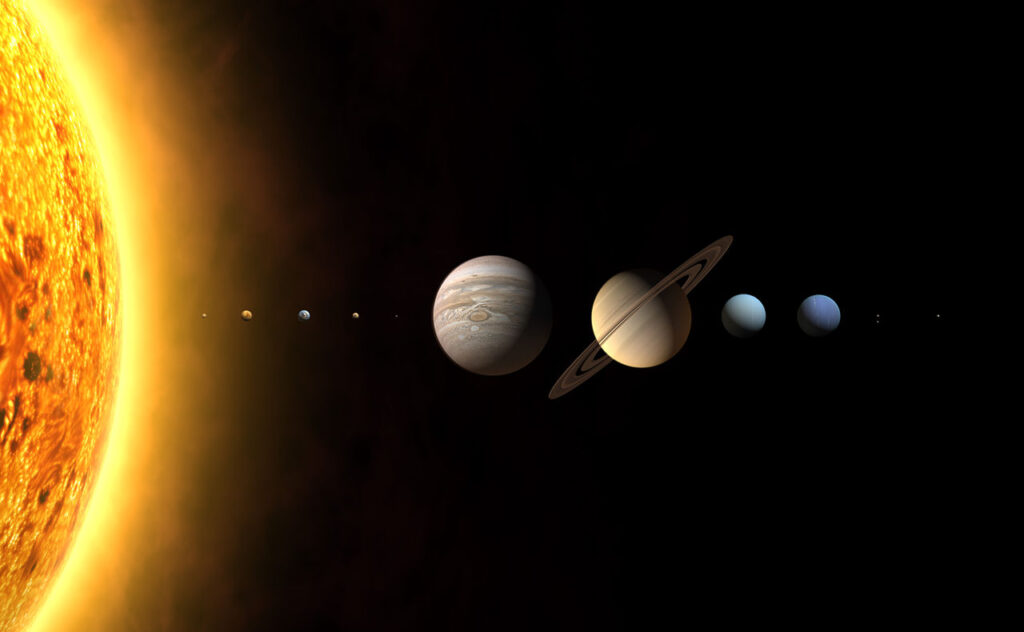In this article you can read about the following:
- The order of the planets in the solar system
- The position of the planets in the solar system
- Interesting facts about the solar system and its planets
The order of the planets in the solar system
The 8 planets in the solar system have the following order from the sun:
Until 2006, Pluto was the ninth and last planet in the solar system. In 2006, however, Pluto was demoted to a dwarf planet rather than a “normal” planet and is therefore not included above.
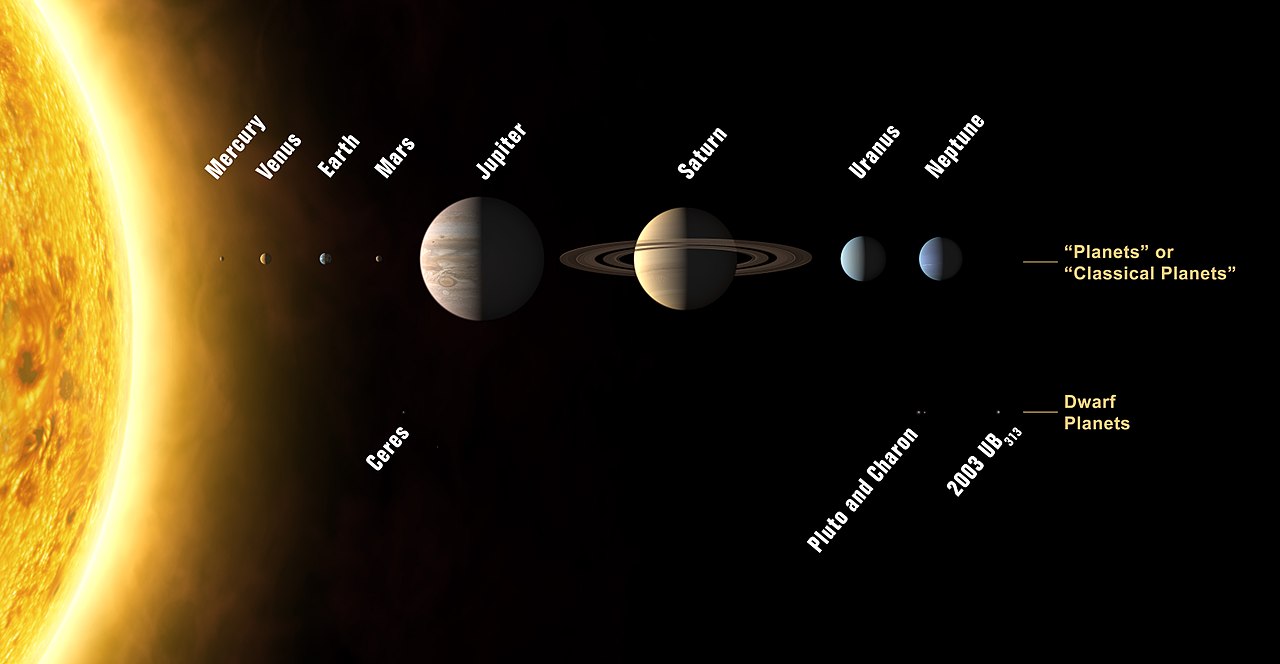
The order of the planets in the solar system
The 8 planets in the solar system have the following order from the sun:
1. Mercury
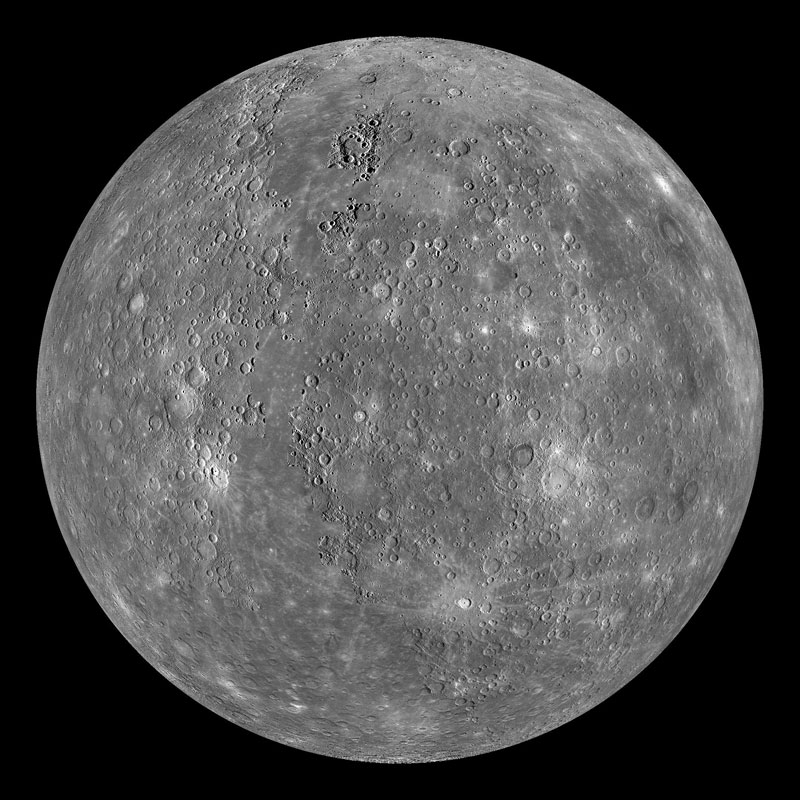
2. Venus
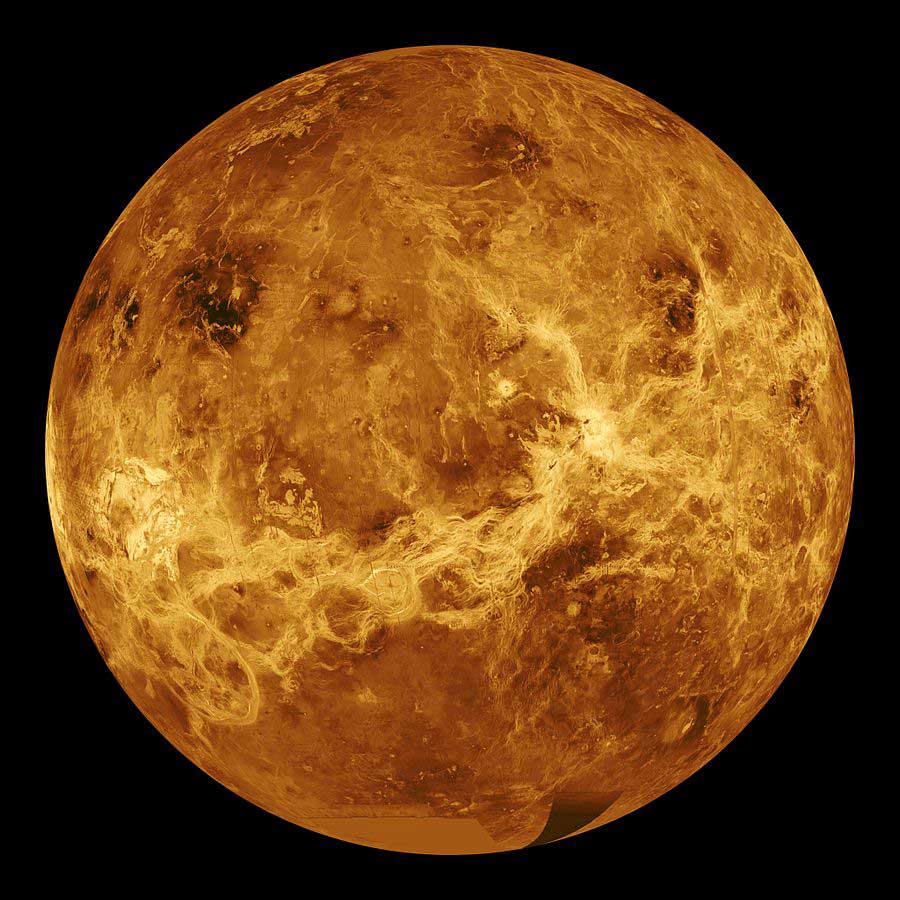
3. Earth
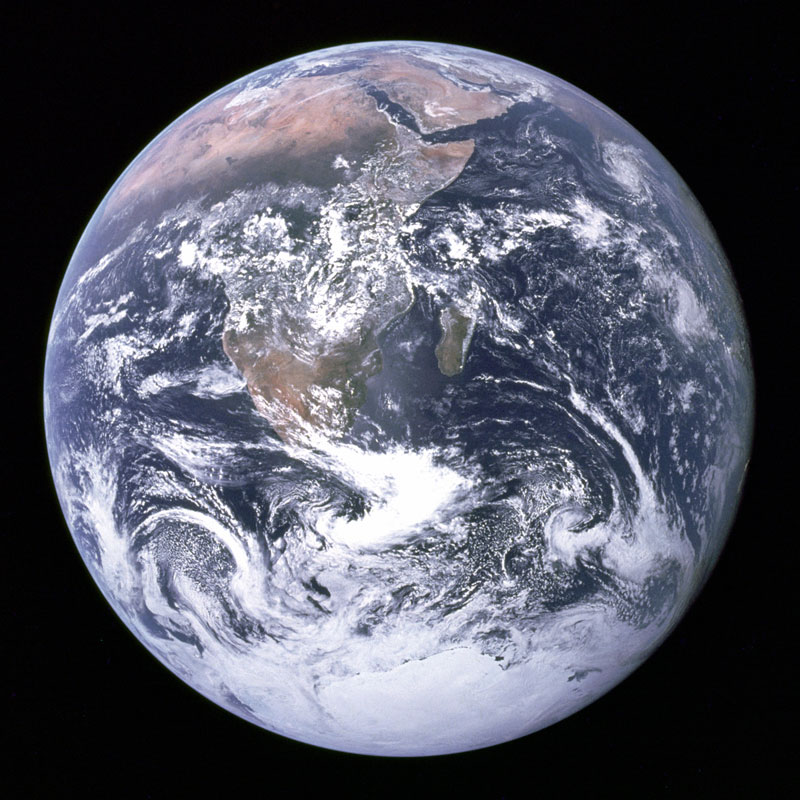
4. Mars
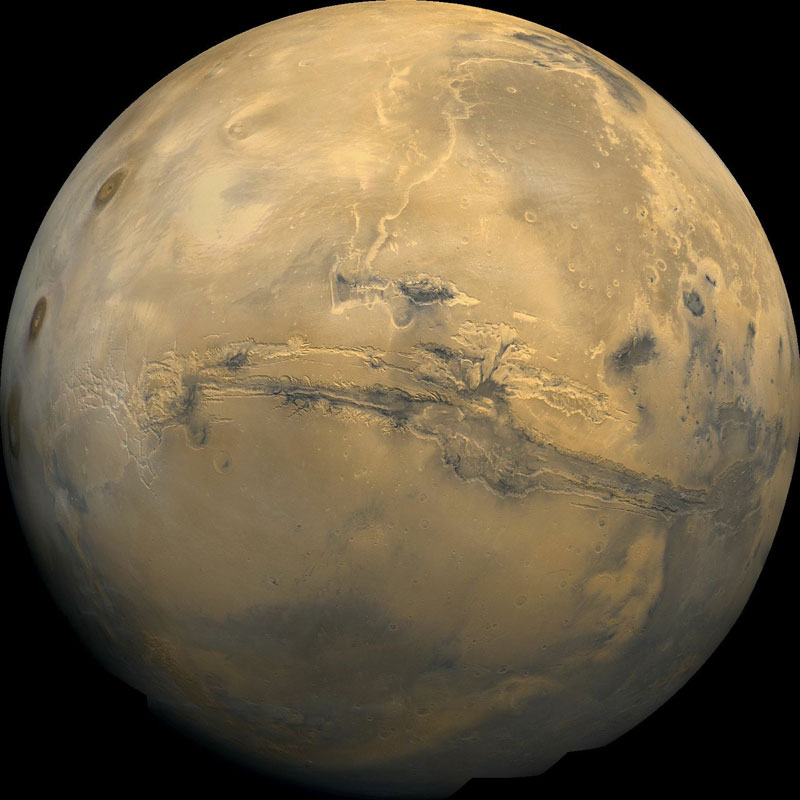
5. Jupiter
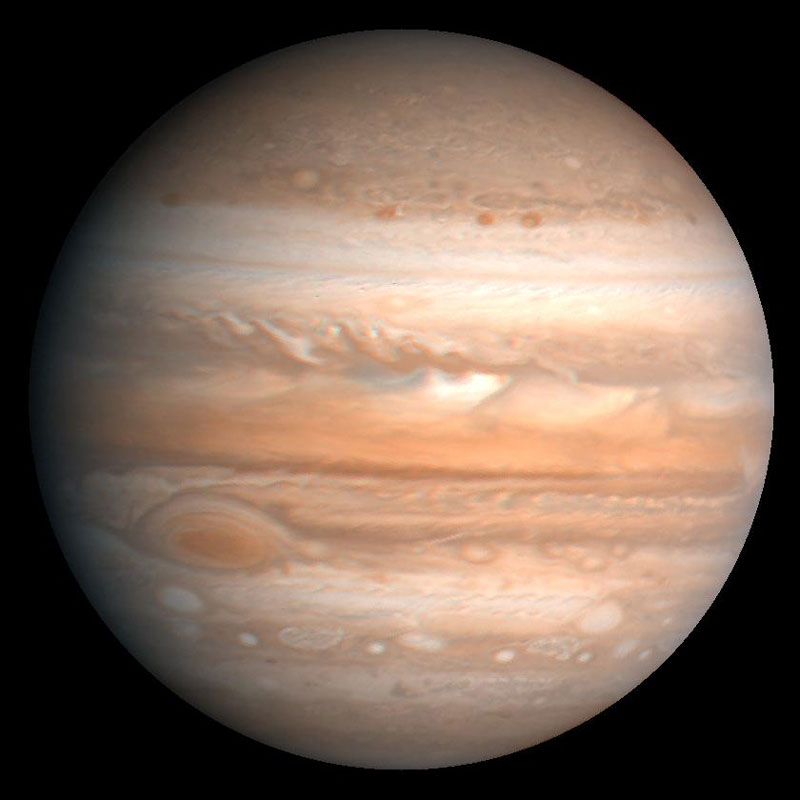
6. Saturn
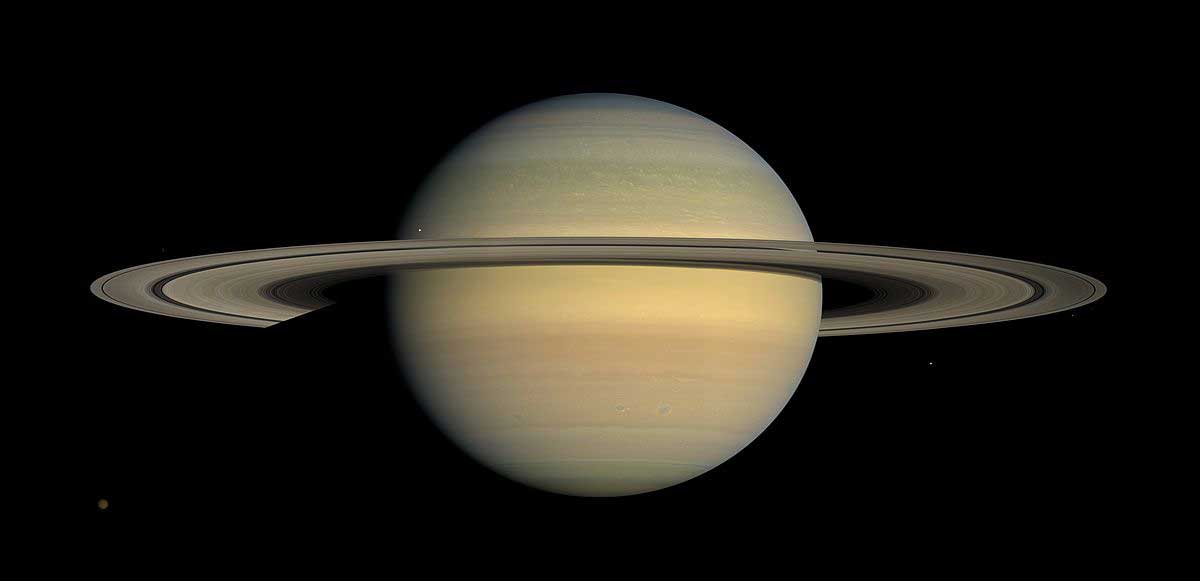
7. Uranus
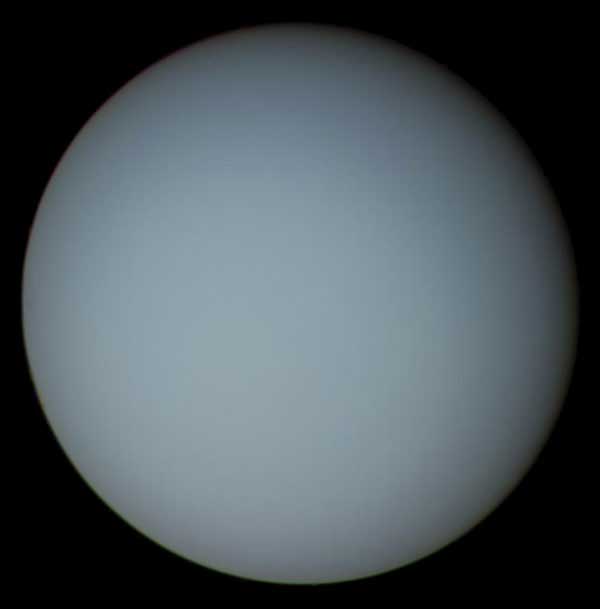
8. Neptune
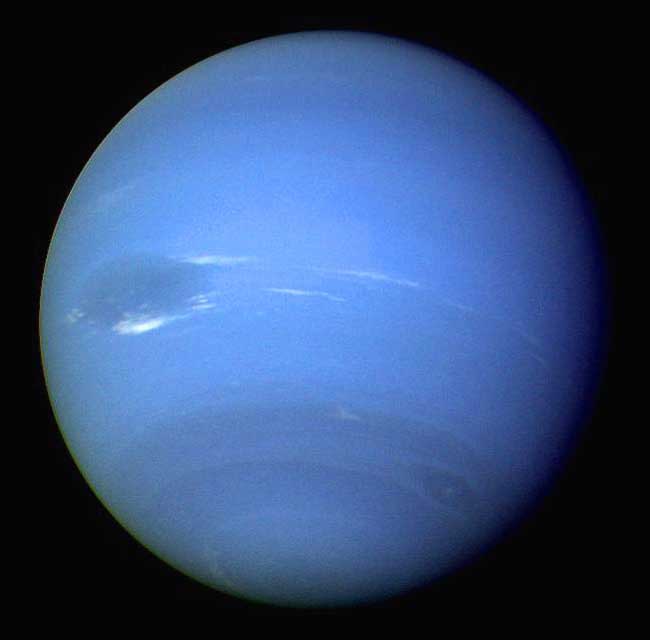
The position of the planets in the solar system
The planets in the solar system orbit the sun in elliptical orbits. The sun is located slightly off-center of each planet’s ellipse. The position of the planets in relation to each other and the sun is as follows:
| Planet | Distance to the sun* | Distance to the next planet** |
| Mercury | 58 million km | 50 million km (Venus) |
| Venus | 108 million km | 42 million km (Earth) |
| Earth | 150 million km | 78 million km (Mars) |
| March | 228 million km | 550 million km (Jupiter) |
| Jupiter | 778 million km | 651 million km (Saturn) |
| Saturn | 1,429 billion km | 1.442 billion km (Uranus) |
| Uranus | 2,871 billion km | 1,633 billion km (Neptune) |
| Neptune | 4.504 billion km | – |
*The average distance to the sun
**The average distance between the orbits of the planets
The position of the planets in the sky changes throughout the year and over time, as the planets have individual orbits around the sun and also have very different orbital periods.
Interesting facts about the solar system and its planets
- The power of the sun: A pinhead of solar raw material can kill a human from up to 160 kilometers away
- The size of the sun: The sun contains approximately 99.86% of all mass in the entire solar system. This means that all the planets, asteroids, comets, etc. only make up the remaining 0.14%
- Sunlight: The sunlight we see today is more than 30,000 years old because it was formed in the sun’s interior more than 30,000 years ago. From the time the light leaves the surface of the sun, it takes only 8 minutes to reach Earth
- Mars and Earth: Some of the rocks found on Earth are pieces of Mars
- Olympus Mons: Olympus Mons on Mars is the highest mountain in our solar system. It is 27 km high and 600 km wide (for comparison, Mount Everest is about 8 km high)
- Saturn: Saturn’s density is so low that the entire planet would float if it were in water
- Jupiter’s magnetic field: Jupiter’s magnetic field is so massive that it adds billions of watts to the Earth’s magnetic field every day
- Jupiter’s gravity: In a way, Jupiter protects the other planets in the solar system, as its enormous size attracts incoming comets and the like (due to gravity). An example of this is a comet observed by the French astronomer Pierre-Simon Laplace in 1770; the comet was heading towards Earth, but was pulled in by Jupiter’s gravity and thus completely removed from the solar system
- Pluto: 1 year on Pluto lasts 248 years here on Earth. In other words, it takes Pluto ¼ millennium to rotate once around the sun

